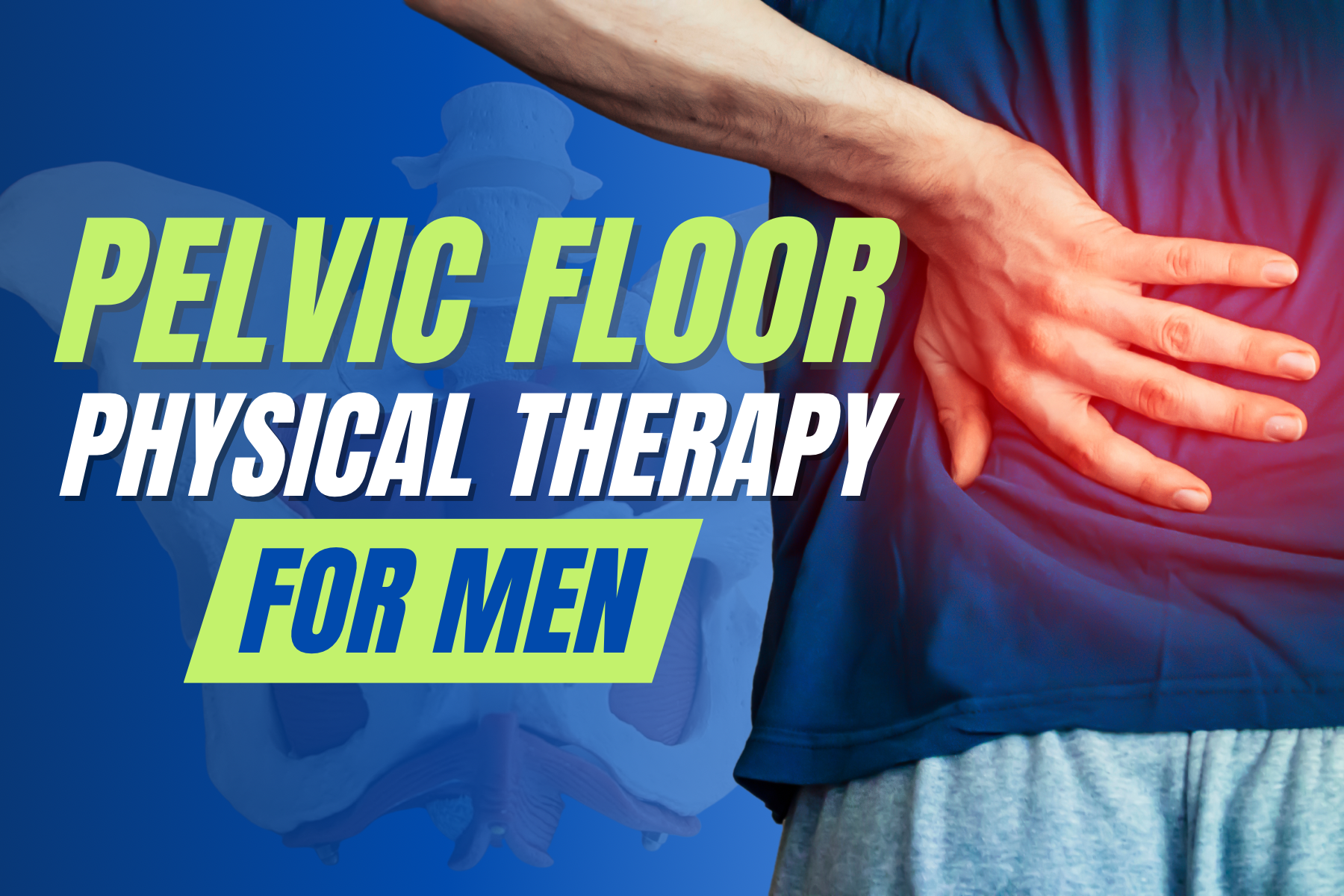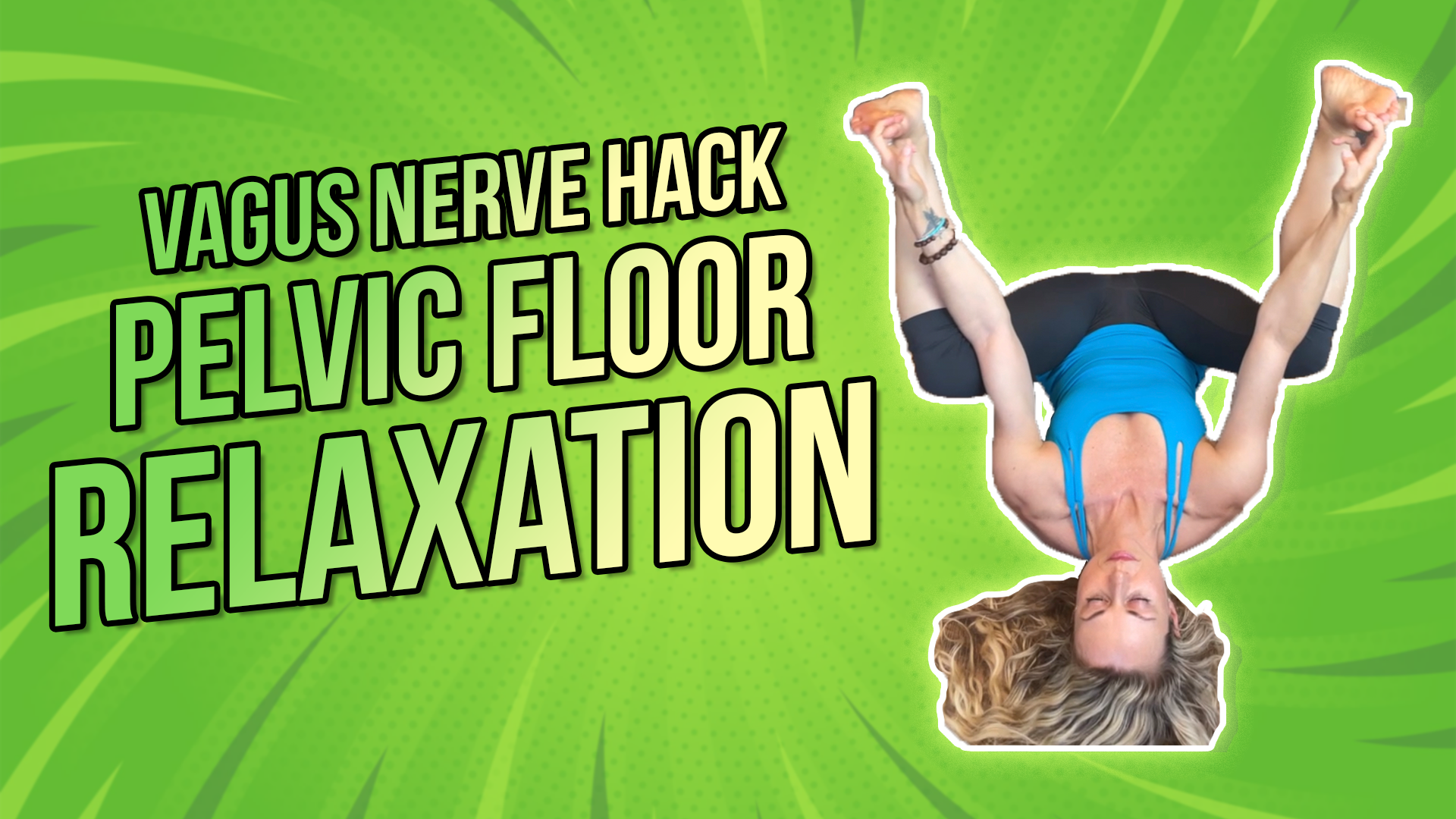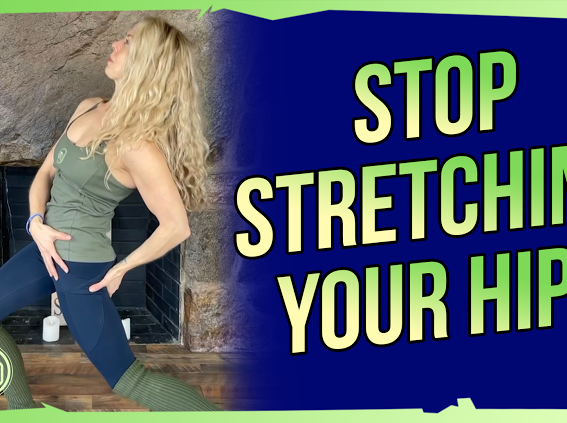When discussing health and wellness, pelvic floor physical therapy is often seen as a women’s health issue. However, men can also experience significant benefits from addressing pelvic floor dysfunction. Whether you’re dealing with leaking (with or without activity), performance issues, pain in the lower back or hips, pre and post-prostate surgery complications, or bowel issues, understanding the importance of pelvic floor health can be a game-changer.
Why Pelvic Floor Health Matters
The pelvic floor is a group of muscles that support the bladder, bowel, and for men, the prostate. These muscles are crucial for urinary and fecal continence, sexual performance, and overall core stability. When the pelvic floor muscles are weak, too tight, or not functioning properly, a variety of symptoms can arise.
Common Symptoms in Men:
- Leaking: Urinary incontinence can occur during physical activities or even when at rest, leading to discomfort and embarrassment.
- Sexual Performance Issues: Erectile dysfunction or premature ejaculation can be linked to pelvic floor dysfunction.
- Pre and Post-Prostate Surgery: Surgery can impact pelvic floor muscles, making rehabilitation essential for recovery and maintaining function.
- Pain: Chronic pain in the lower back, hips, or pelvic region can often be traced back to pelvic floor issues.
- Bowel Issues: Constipation or fecal incontinence can also be symptoms of pelvic floor dysfunction.
The Importance of Assessment and Treatment
A thorough assessment by a trained pelvic floor physical therapist can identify the specific issues affecting you. This process typically involves a detailed history and physical examination to pinpoint muscle imbalances, weakness, or tension. Once identified, a personalized treatment plan can be developed. Our approach starts with an assessment done externally and uses breathwork to help you connect to your pelvic floor. This connection allows for better integration of your pelvic floor into your daily habits. Being more aware of where you hold tension and where you compensate helps us make changes to work on strengthening the right muscles to help you towards your goals. In other settings, an internal assessment may be completed on your first visit.
Treatment Approaches May Include:
- Exercises: Once an assessment is completed, you will be provided tailored exercises based on your pelvic floor needs. This could begin with working on relaxing the muscles in order to progress into strengthening the muscles through their full range. Integrating exercises into your daily life allows for improvement of function and reducing symptoms.
- Education: Understanding your condition and how to manage symptoms effectively. Creating a toolbox of exercises for your symptoms and goals is important to help you feel empowered with being able to make changes to help you feel your best. Most importantly learning the anatomy of the pelvic floor to best understand how to advocate for yourself.
Empowering Men to Take Charge of Their Health
The goal of pelvic floor physical therapy is not just to alleviate symptoms but to empower men to regain strength, confidence, and control over their bodies. Addressing pelvic floor issues can significantly improve your quality of life, allowing you to engage in activities you enjoy without fear of embarrassment or pain.
Building Strength and Confidence
Through dedicated pelvic floor physical therapy, men can:
- Regain Control: Effective management of incontinence and bowel issues.
- Enhance Performance: Improved sexual health and function.
- Reduce Pain: Alleviation of chronic pelvic, hip, and back pain.
- Recover Holistically: Optimal recovery from prostate surgery.
By taking proactive steps toward assessing and treating pelvic floor dysfunction, men can look forward to a future where they feel strong, confident, and in control. Remember, seeking help is a sign of strength, and investing in your health now can lead to lasting benefits.
If you’re experiencing any of the symptoms mentioned, reach out to us for an appointment or a local pelvic floor physical therapist. It’s time to take charge of your health and rediscover your potential.



